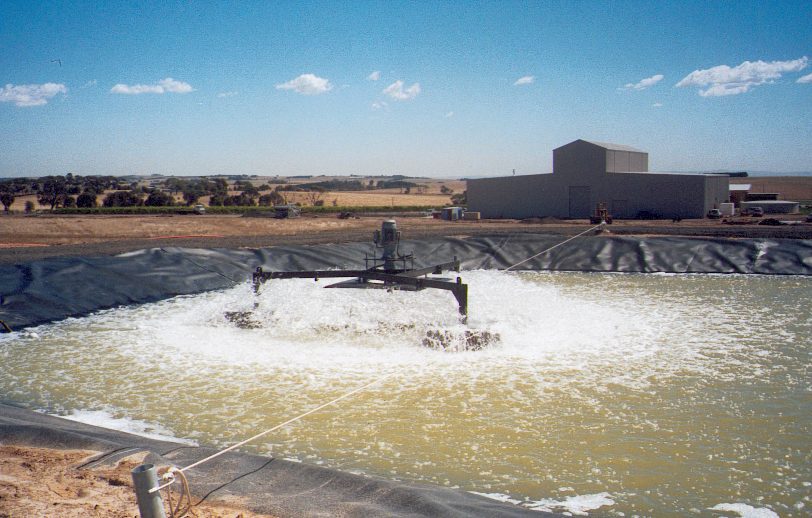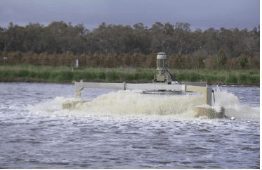FREQUENTLY ASKED QUESTIONS ABOUT WASTE WATER AND SEWAGE TREATMENT
At By-Jas Engineering we appreciate that our customers like to know what type of product and service they can expect. We have put together a list of our most frequently asked questions for your convenience. On this page, you’ll find information about the following;Waste Water Treatment Plant Maintenance and Service/Waste Water Treatment PlantsClarifiers/Packaged Treatment Plants/Sewage Treatment Plants/Industrial Wastewater/
If there is anything you wish to know that we haven’t covered on this page, please feel free to get in touch with our friendly team today.
Where does waste water and sewage treatment come from?
It comes from:
Homes – human and household wastes from toilets, sinks, baths, and drains.
Industry, Schools, and Businesses – chemicals and other wastes from factories, food-service operations, airports, shopping centers, etc.
On average, each person in the U.S. contributes 50-100 gallons of wastewater daily.
How does a waste water and sewage treatment work?
Wastewater treatment usually takes place in two steps:
Primary treatment removes 40-50% of the solids. Sanitary sewers carry wastewater from homes and businesses to the treatment plant. Bar screens let water pass, but not trash. The trash is collected and properly disposed. A grit chamber is a large tank that slows down the flow of water. This allows sand, grit, and other heavy solids to settle at the bottom for removal later.
Secondary treatment completes the process, so that 85-90% of the pollutants are removed. A secondary sedimentation tank allows the microorganisms and solid wastes to form clumps and settle. Some of this mixture, called “activated sludge,” can be mixed with air again and reused in the aeration tank. A disinfectant, such as chlorine, is usually added to the wastewater before it leaves the treatment plant. The disinfectant kills disease-causing organisms in the water. After treatment, the water can be returned to nearby waterways. It can also be used on land for agriculture and other purposes.
Are there any special challenges in treating waste water and sewage treatment?
Nutrients – Phosphorus, nitrogen, and other chemical nutrients found in wastewater can damage lakes and rivers. These nutrients need to be changed into less harmful substances or removed before being released into the environment.
Toxic Chemicals – Sometimes wastewater contains hazardous chemicals from industry, pesticides, etc. Controlling these chemicals may require pretreatment of wastewater by industries and the use of advanced (tertiary) treatment methods at the wastewater treatment plant.
Water Infiltration – Water entering the treatment system through cracks or joints in sewer lines or storm drains places an extra burden on a facility.
Changes in Water Flow – The amount and kind of wastewater entering a treatment plant can change quickly. Plant operators must be ready to respond to these changing conditions.
What does a wastewater and sewage treatment plant do?
Treatment plants remove impurities contained in wastewater so that the treated wastewater can be safely returned to the environment. This same stabilization process occurs in nature to break down wastewater into its most basic components of carbon dioxide and water. Common methods of treatment include physical, biological and chemical treatment steps to stabilize the wastewater. Norweco wastewater treatment plants are designed to accelerate and control nature’s process to insure proper treatment is provided.

Want to remove waste water efficiently
Are you looking for a cheaper and more environm...

Waste water treatment for Wineries
Wineries across Australia are producing record ...

Specialising in the Winery Industry
We cater to the winery industry in order to red...

Irrigation efficiency for Wineries
As we know wineries produce wastewater from the...

What is Involved in the Process of Winery Wastewater Treatment?
Winery wastewater is generated from the winery’s...

Why Choosing a Wastewater Equipment Manufacturer Provides a Better Option?
Why Choosing a Wastewater Equipment Manufact...

Why Are Bacteria Used in Sewage Treatment?
Wastewater treatment is society’s way of giving...
WANT TO REDUCE RUNNING COSTS
Our Experts can provide information and support

